Brussels Cabbage (in Latin - Brassica Oleracea Var. Gemmifera) is a well-known vegetable crop related to the genus of sheet plants. At the same time, it is similar to other types of cabbage in its form, sizes and color. It is noteworthy that this plant does not occur at all in the wild. He was taken out in Belgium from a simple cabbage. Culture after some time became quite popular in local regions, and later the countries of Europe also hit. She was delivered to Russia only somewhere at the end of the 18th century. Nevertheless, she at that time was not cultivated in our latitudes because they did not allow climatic conditions. Today it is mainly grown in France, in Canada, Germany, USA, Great Britain and, of course, in the historic homeland in Belgium. The landing of Brussels Cabbage can be carried out in Russia. To do this, adhere to a specific technology. Next, we consider how Brussels Cabbage grows in the climatic conditions inherent in most regions of our country.
Brussels sprouts in the garden: the characteristics of culture
If you are wondering how to grow sprouts, then initially read the basic characteristics of this plant:
- This long-term culture (grows in one place for no more than 2-3 years). In the first year of life forms a thick cylindrical stem, which can reach a height of 75 cm.
- On thin stalks are long oblong leaves, which can be light green or grayish hue.
- In the axils of the leaves grow, the so-called Kocheshkov, which appears to be a very small copies of heads of cabbage. At the same time they weigh no more than 12 g each. On one sheet of a culture can grow up to 90-95 Kocheshkov small, but their average per sheet - no more than 45 pieces.
- The collected seeds of Brussels sprouts can rise over 1-5 years.
- Planting and care for Brussels sprouts - a simple task that is feasible in the conditions of our latitudes. This is due to the fact that the culture is resistant to frost damage and is capable of small "withstand" temperature drop to -8 degrees.
- Culture vegetation period lasts for 4-5 months.
- This culture refers to the vegetable. This group of vegetables is very beneficial for health. In small Kocheshkov contains fiber, sugar, crude protein and starch. In addition, there are a lot of vitamins B, PP, C.
- There is also rich composition contains various mineral salts as well as magnesium, calcium, iron, potassium, iodine, sodium, phosphorous, enzymes, and amino acids. As for calories, then 100 grams of the product has about 34 calories.
Next, consider more the process of growing sprouts.
Preparation of seedling sprouts
In most cases the culture is grown from the seed and seedling method. To do this, follow certain recommendations:
- Sow the seeds of culture seedlings should be in the middle of spring (April to the end of March). For this purpose suitable containers filled with fertile soil, which is then placed on the glazed balcony or loggia.
- Seeds are plunged into the soil no more than 2 cm. Immediately before planting, they are alternately dip in hot, then cold water.
- The soil in the container should be periodically moistened. In addition, it is complemented by mineral feeders, peat and ash.
- The first shoots will appear for the first 2 weeks.
- Care for the processed seedlings of Brussels cabbage is to pick up and regular irrigation. Then seedlings can be planted in open ground.
Landing Brussels Cabbage and Care
Brussels Cabbage - landing in the ground
The result of growing almost all vegetables to a greater extent depends on the correctness of their landing. Time sowing or landing seedlings, the selection of the site very affects the quality of the part of the culture, even more than care in the next period:
- Brussels Cabbage, like white, loves a good warm primer, so it is necessary to plant the seedlings into the street only when the risk of frosts is already minimal. The most preferred landing period is the end of May - the beginning of June. In the middle band, it is best to grow Brussels Cabbage from the seedlings, which is grown at home or in a greenhouse.
- One of the most important moments of growing this vegetable is the selection of seedlings. It must be very well covered, not to have shadows and be from southern or south-east.
- When planning your garden, pay attention to what predecessors were on the site. Brussels cabbage grows very poorly after cabbage of any varieties, radish, tomatoes, beets and a number of other vegetables. You can land at this place in this place in a few years. At the same time, the harvest after potatoes, cucumbers, legumes or onions should be excellent.
- The preparation of the soil for planting seedlings must be started from autumn. The best result of the Brussels Cabbage shows on fertile sublinks with an average level of acidity (pH 6.7 - 7.4). At low acidity in the fall after the dumping of the site into the ground makes lime. In the spring preparation continues.
- After snow comes down, the soil must be fertilized with a compost or by the calculation of 1 bucket on 1 m 2. During the landing to the well itself, you need to put one teaspoon of urea, 2 cups of woody ash, as well as 2 tablespoons of superphosphate.
- Landing of seedlings of Brussels cabbage does not represent any difficulty. A bush is considered to be ready for landing when 4-5 full-fledged sheets are formed on it. The plot is divided into squares so that between the bushes there was a distance of about 0.6 m. This is enough so that they do not interfere with each other.
- Then dig a hole with a depth of more than the length of the root system of the plant. Fertilizers pour into it and pour water. As soon as it absorbs well, the plant gently stick into the ground and sprinkle with dry ground. After a few minutes from above, you can pour some water.
- Landing is better to exercise in the evening after sunset either on a cloudy day. In this case, the plant will be easier to transfer stress when transplanting into open ground.
How to care for brussels cabbage
In the care of the Brussels cabbage is not too good, so its cultivation will not be much difficult. This plant is quite moisture, therefore it is needed by regular irrigation.
Fundamental rules:
- Special attention should be paid to the struggle with weeds and pests, weeding, soil looser. After planting, a plot with Brussels cabbage is treated with wood ash. This will help in the fight against the most important pest, which spoils the harvest - a cruciferous flesh.
- Water cappist is abundant. Typically, the number of irrigation over the entire period of growth is 8-10. At 1 square meter of the site, it is necessary to pour at least 40 liters of water. During the period of intensive growth and the formation of Kochanchors, the dose of irrigation increases.
- Since Brussels cabbage loves fertile soils, in their absence, the plant needs fake with mineral fertilizers. The first feeding is usually carried out within a week after planting seedlings. For this, the nitroposk is used at the rate of 1 teaspoon of the solution on 1 kush cabbage.
- When nomads begin to form on the plant, conduct the second feeding. It is produced using a solution of sulfate potassium and superphosphate at the rate of 25 grams of each substance by 10 liters of water. A teaspoon of nitroammofoski is added to the resulting solution and stirred thoroughly. Each bush consumes a little more than 1 liter of solution.
Useful properties of Brussels cabbage
Of course, those summer houses that land the Brussels cabbage into open soil on their summer cottages are known about the beneficial properties of this culture:
- It helps to reduce cholesterol levels. If you use it regularly to food, the bad cholesterol is actually reduced. In addition, the culture is useful to normalize the heart.
- Good for the brain. These properties are due to the fact that it contains vitamin K, which the positive effect on brain activity. In addition, this vitamin is quite important element necessary for the prevention of neurological disorders. This is due to the fact that this vitamin protects brain neurons from damage.
- The vegetables contain riboflavin. Its concentration is quite high. Crude protein is also found in this culture, but it is several times less than in the same cabbage.
- Brussels sprouts is a dietary product, useful for children and the elderly. Its use reduces the risk of respiratory diseases. The little green kochanchiki has beta-carotene, which is a pretty powerful antioxidant.
- Due to the content of substances such as lutein and zeaxanthin, culture useful for eye health. To prevent retinal damage is recommended daily to include this vegetable in your diet. As part of this product contains vitamin A, which helps to improve eyesight.
- This vegetable is good for women's health, because here there is a substance, such as indole-3-kabinol. In addition, as a part of the culture contains isothiocyanates, which help to prevent the development of cancer diseases. These agents relieve the body of harmful carcinogens and reduce the risk of heart attack.
Diseases and pests of Brussels sprouts
The most common pest in the beds with Brussels sprouts is a crucifer flea. However, there is a large list of insects that can significantly spoil the harvest. This is cricket, flies, aphids, various kinds of bugs, etc. Pest prevention is better. This can be done using the timeliness rotation, seed treatment prior to sowing, weeds or removing residues from rotting vegetables portion digging deep beds after harvest. If they are still there, do not just fill the chemistry section. Better use of insecticides to control plant-based.
Among the diseases most dangerous to all varieties of Brussels sprouts are:
- Puffy dew.
- Different types of rot.
- Fungus.
- Mosaic.
- Slimy bacterial blight.
It is possible to fight with them by treating by fungicides, folk remedies or other drugs. Bacterial diseases are being treated only by removing the affected plant from the site and burning it.

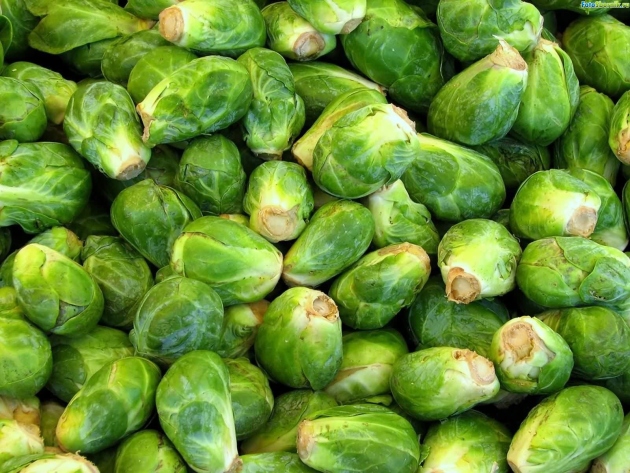
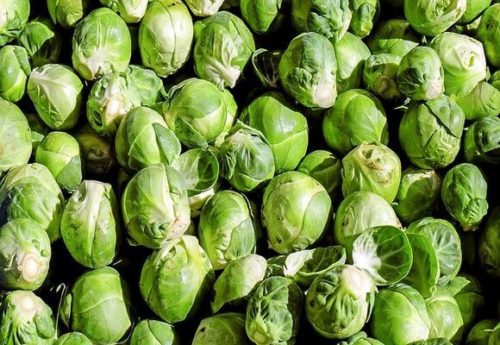
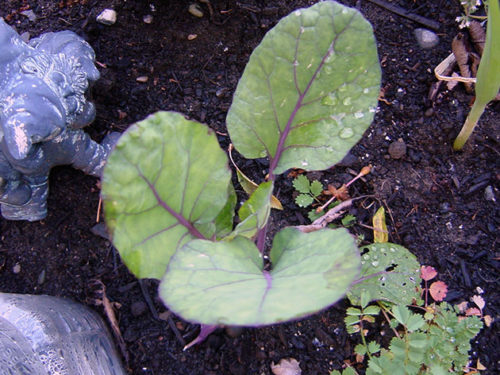
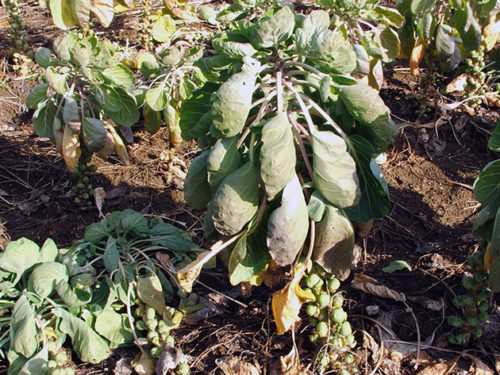
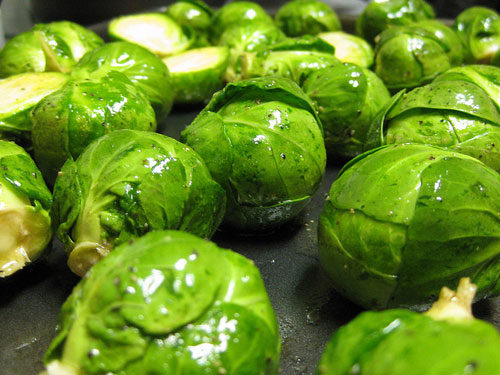
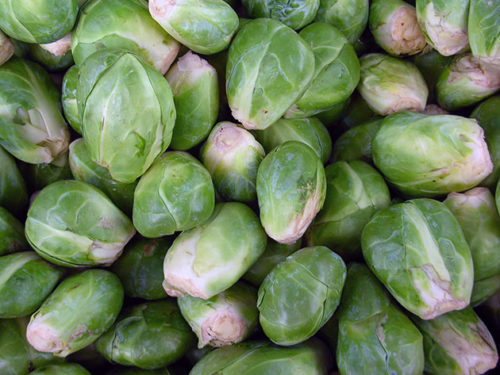
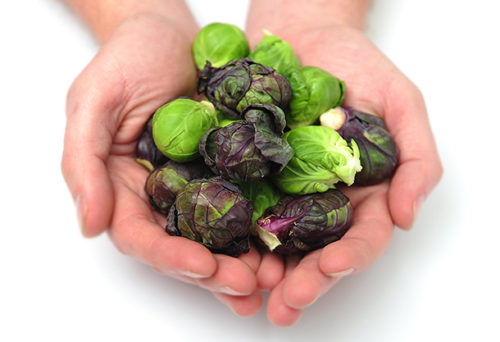
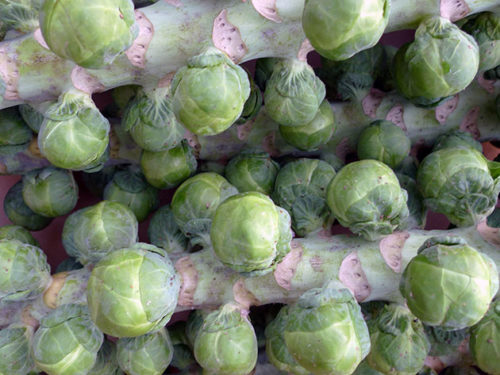
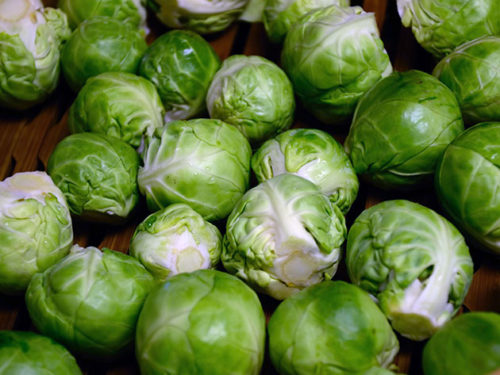
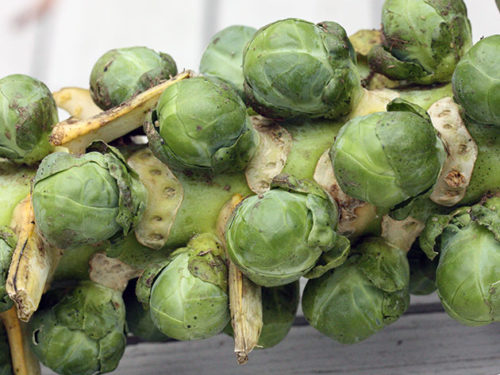
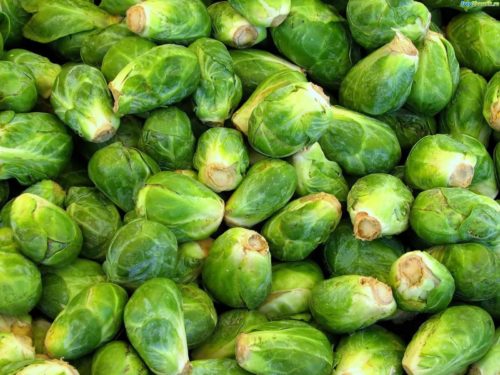












 Start a discussion ...
Start a discussion ...